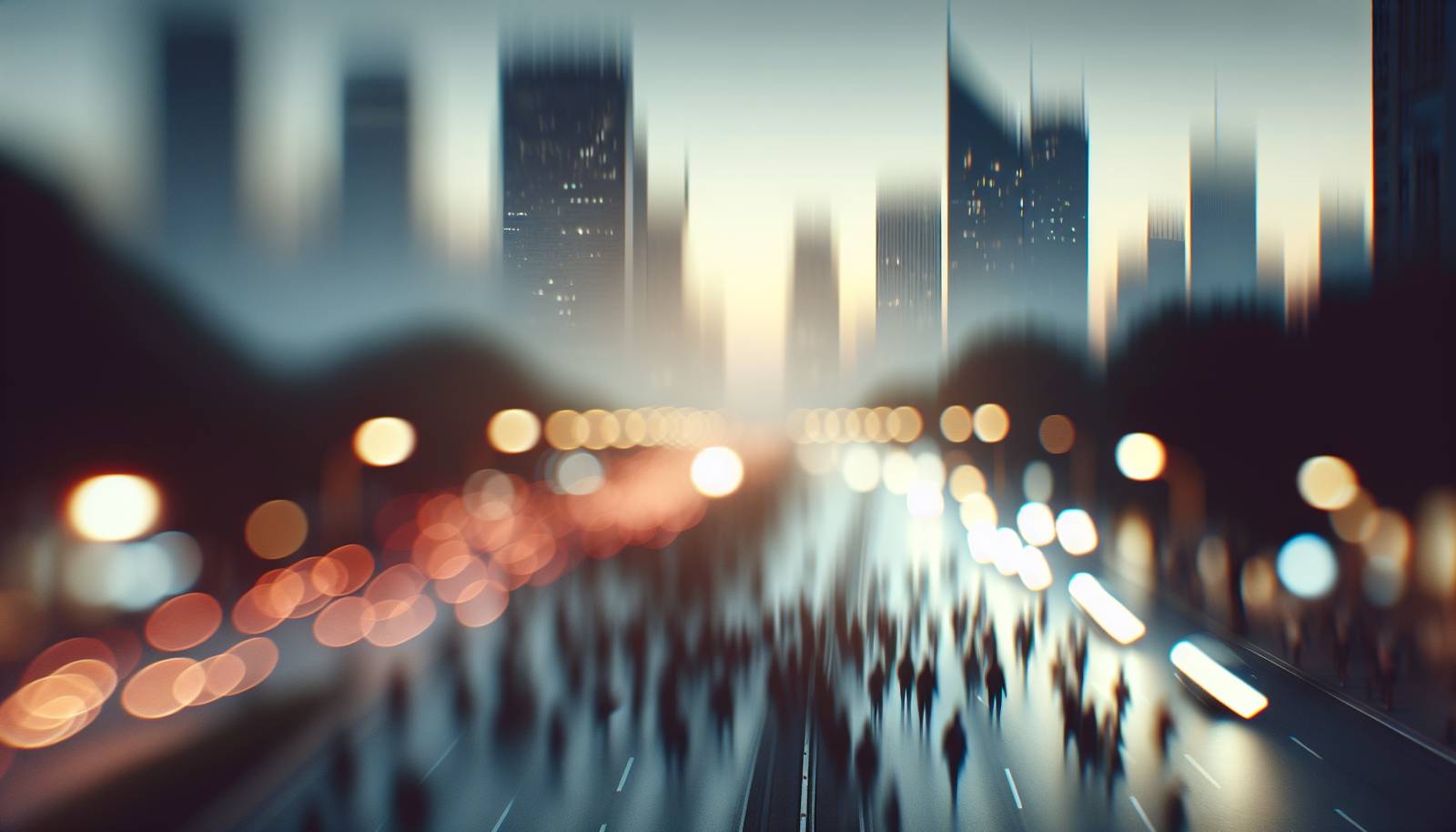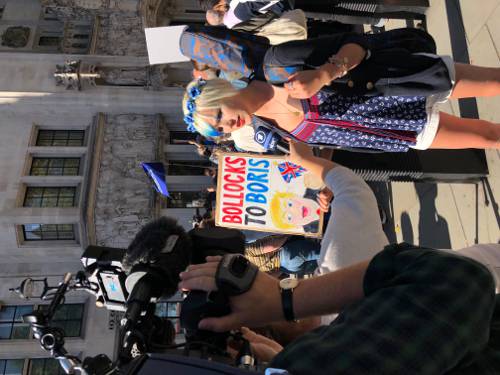
FAQ About The Role of Photography in Documenting Street Protests

What role does photography play in documenting street protests?
Photography serves as a vital tool in documenting street protests by capturing real-time events and emotional expressions of participants. It provides visual evidence that can be used to raise awareness, influence public perception, and hold authorities accountable. Photographs can preserve moments that reflect the courage, passion, and demands of protestors, often serving as both historical records and catalysts for social change.

How can photography influence public perception of street protests?
Photography has the power to frame narratives and shape public perception by highlighting specific moments or broader themes within a protest. Photographs can evoke empathy or outrage, depending on how the images are presented and interpreted, influencing how viewers perceive the motivations and legitimacy of the protestors. Media outlets often play a critical role in selecting which images to publish, thereby impacting the overall narrative shared with the public.

Why are photographs important for historical records of social movements?
Photographs serve as valuable historical records by visually documenting the scope, impact, and nature of social movements. They provide future generations with an understanding of the societal issues faced and the methods used to address them, preserving the legacy of protesters and keeping the memory of their struggles alive. Furthermore, photographs can be analyzed alongside written accounts to provide a more comprehensive view of historical events.

What are some iconic photographs from street protests that have influenced society?
Iconic photographs such as the image of the "Tank Man" at the Tiananmen Square protests or the "Flower Power" photo from the Vietnam War protests have had lasting impacts on society. These images capture the essence of protest by highlighting the tension and hope inherent in social movements. They have been widely circulated and discussed, contributing to their influence on public opinion and policy discussions.

How do photographers ensure ethical coverage of street protests?
Photographers must navigate ethical considerations by respecting the dignity and privacy of individuals, avoiding sensationalism, and ensuring culturally sensitive representation. They should obtain consent where feasible and be mindful of the images' potential impact, particularly concerning vulnerable groups or individuals who may be at risk. Photographers should also consider their intentions and the potential consequences of publishing certain images.

What challenges do photographers face when documenting street protests?
Photographers documenting street protests face numerous challenges, including physical danger from violence or crowd control measures, legal risks such as arrest or equipment confiscation, and ethical dilemmas about what to capture and share. They must often work in chaotic environments and negotiate both practical and moral antitheses in striving to convey the truth while protecting themselves and their subjects.

How has digital media changed the role of photography in street protests?
Digital media has vastly expanded the role of photography by enabling instantaneous distribution and wide reach through social media platforms. This democratization allows not only professional photographers but also citizens to capture and share images in real-time, broadening the scope and impact of visual documentation. However, it also raises questions about credibility, the authenticity of images, and the spread of misinformation.

What is the relationship between photojournalists and protestors?
The relationship between photojournalists and protestors can be complex. While photojournalists aim to document events truthfully and impartially, protestors may be cautious of being portrayed negatively or manipulated for a narrative not aligned with their cause. Trust can be built through transparency and respect, with photographers needing to understand and engage with the context of the protestors' actions and grievances.

Can photography during protests put individuals at risk?
Yes, photography during protests can pose risks to individuals if images reveal the identities of participants, potentially subjecting them to retaliation or legal repercussions. To mitigate these risks, photographers may choose to blur faces or use angles that preserve anonymity, especially in regions where participating in protests might lead to severe consequences.

How do photographers capture the essence of a protest?
To capture the essence of a protest, photographers focus on key elements such as facial expressions, crowd dynamics, symbolic actions, and the use of placards or art. They aim to tell a story through visuals that convey the protest's mood and purpose, often seeking to capture both the broad scope and intimate moments that highlight the human element of the demonstration.

What is the impact of iconic protest images on legal and policy changes?
Iconic protest images can significantly drive legal and policy changes by raising public awareness and prompting discussion among policymakers. Such photographs can humanize abstract issues, making them more relatable and urgent, thus catalyzing public pressure for change. In some cases, powerful images have become rallying points or symbols for broader movements advocating reform or justice.

How can photography be used to counter misinformation about protests?
Photography can counter misinformation by providing credible, verifiable visual accounts of events, serving as evidence to contest false narratives or misrepresentations. However, it requires careful curation and context to ensure accuracy, as images taken out of context can also exacerbate misinformation. Photographers and media platforms must therefore work responsibly to maintain integrity and truthfulness of visual content.

What are the technological tools used by photographers in street protests?
Photographers utilize a range of technological tools, including high-resolution digital cameras, camera phones, drones, and stabilization equipment. Post-production software is also used for editing, while GPS tagging and metadata help authenticate images. Social media and cloud services facilitate rapid sharing and archiving of photographs, expanding their reach and impact.

How do photojournalists maintain objectivity while covering protests?
Photojournalists maintain objectivity by focusing on factual representation, avoiding staged shots, and providing balanced coverage that includes multiple perspectives. They strive to portray events accurately without inserting personal bias, ensuring that their work informs rather than influences the viewer's opinion. Upholding ethical standards and accountability is crucial in maintaining their credibility as objective reporters.

What are the legal implications for photographers documenting protests?
The legal implications for photographers can vary by jurisdiction but often include issues around privacy rights, permission to capture and distribute images, and laws against obstructing justice or inciting unrest. Sometimes, they may need permits or accreditations to cover protests legally. Understanding local laws is essential to avoid arrest and litigation, especially in contexts more hostile to press freedom.

How do street protest photos contribute to academic research on social movements?
Street protest photos are valuable resources for academic research as they provide empirical data and visual insights into the dynamics, strategies, and symbolism of social movements. Researchers analyze these images to understand patterns, communication strategies, and public responses, contributing to discussions on activism, media representation, and sociopolitical change.

Can photography from street protests affect the protest dynamics?
Yes, photography can influence protest dynamics by altering participant behavior, either by heightening self-awareness or provoking bolder statements for the sake of media attention. Positive media portrayal may also bolster participants' morale and support for the cause. Conversely, fears of negative depiction or identification can cause tension or deter participation.

How do photographers address privacy concerns in their street protest images?
Photographers address privacy concerns by seeking consent when possible, obscuring identifiable traits such as faces, or focusing on broad scenes rather than specific individuals. This approach helps balance the documentation of events with respect to individual privacy, vital in maintaining ethical standards, particularly in environments where protest participation may carry personal risks.

What are some techniques used to protect the identities of protest participants in photos?
Techniques to protect identities include blurring faces, cropping images to exclude identifiable features, photographing subjects from the back or side angles, and adjusting lighting to obscure recognition. These methods help ensure that protestors are not easily identifiable, thereby safeguarding them from potential repercussions while still capturing the essence of the protest.

How do social media platforms affect the dissemination of protest photography?
Social media platforms amplify the dissemination of protest photography by enabling rapid sharing and engagement with global audiences. They can drive viral distribution and real-time updates, fostering social dialogue and solidarity movements across geographical boundaries. However, these platforms also pose challenges regarding the potential for misinformation and the need for stronger verification processes to ensure the authenticity of shared images.
